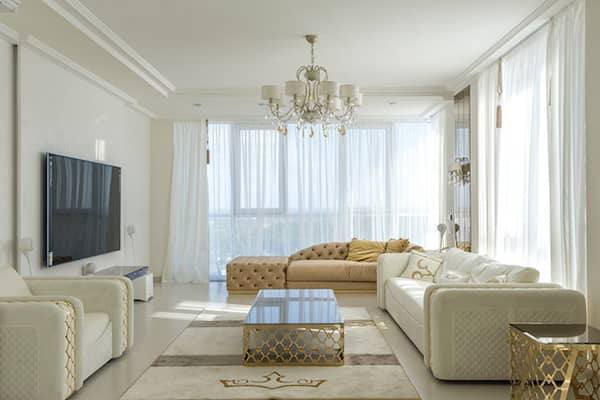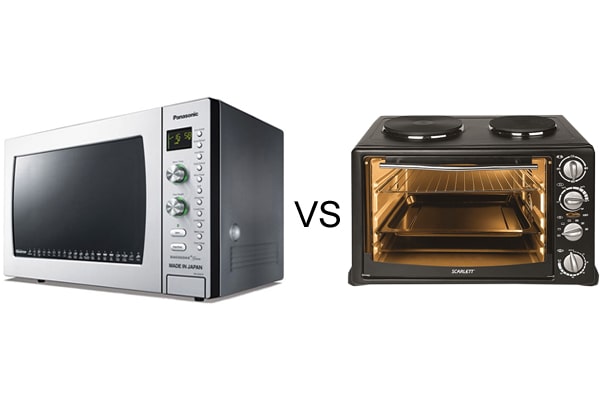In architecture and home design, the terms balcony and terrace are often used interchangeably, but they represent different types of outdoor spaces with distinct characteristics. Understanding the differences between these two can help you make informed decisions when choosing or designing your outdoor living area. This guide explores the key distinctions between balconies and terraces, providing a clear comparison to help you decide which is best for your needs.
What is a Balcony?
Balcony: A balcony is an elevated platform attached to the exterior wall of a building, usually supported by brackets or columns. It is accessed from an interior room and enclosed by railings or balustrades.
Key Features:
- Location: Always found above the ground level, typically on the second story or higher.
- Access: Directly from an interior room, making it an extension of indoor living space.
- Construction: Projects outward from the building and is supported by structural elements like beams or columns.
- Size: Generally small and narrow, suitable for a few pieces of furniture.
Pros:
- Privacy: Offers a private outdoor space directly connected to a room.
- Views: Provides elevated views, making it ideal for scenic areas.
- Compact: Fits into small spaces and adds outdoor access to upper floors.
Cons:
- Limited Space: Smaller area restricts activities and furniture options.
- Exposure: Susceptible to weather conditions like wind and rain.
| Aspect | Balcony |
| Location | Elevated, attached to a building |
| Access | From an interior room |
| Construction | Supported by beams or columns |
| Size | Small, narrow |
| Privacy | High |
| Ideal for | Private relaxation, small gatherings |
What is a Terrace?
Terrace: A terrace is a flat, open space that can be located at ground level or on a rooftop. Unlike balconies, terraces can be free-standing or part of a building’s design.
Key Features:
- Location: Can be ground-level or on a rooftop, often used as an extended outdoor living space.
- Access: Can be accessed from multiple points, including exterior entrances or staircases.
- Construction: Often built as an extension of a building’s roof or a separate platform, featuring materials like paving or decking.
- Size: Typically larger than balconies, providing ample space for various activities.
Pros:
- Space: Offers a large area suitable for social gatherings and diverse uses.
- Versatility: This can be used for entertaining, gardening, or outdoor dining.
- Natural Light: Usually receives plenty of sunlight, enhancing outdoor living.
Cons:
- Maintenance: Larger size requires more upkeep, including cleaning and landscaping.
- Noise: More exposure to noise and elements, especially in urban settings.
| Aspect | Terrace |
| Location | Ground level, rooftop, or adjacent |
| Access | Multiple points, including external |
| Construction | Can be free-standing or part of a roof |
| Size | Large, spacious |
| Versatility | High |
| Ideal for | Social events, gardening, relaxation |
Comparison of Balcony and Terrace
Size and Space
- Balcony: Smaller, intended for personal use or small gatherings.
- Terrace: Larger, suitable for a wide range of activities and hosting events.
Location and Access
- Balcony: Elevated and attached to a building, accessed from an interior room.
- Terrace: This can be at various levels, including ground and rooftop, with multiple access points.
Construction and Design
- Balcony: Part of the building structure, projecting outward.
- Terrace: This can be a roof extension or a separate structure, often paved or decked.
Privacy and Use Cases
- Balcony: Offers a private retreat, ideal for individual use or a couple.
- Terrace: Provides a communal space, perfect for gatherings and varied activities.
| Aspect | Balcony | Terrace |
| Size | Small, personal | Large, communal |
| Location | Elevated, attached | Ground, rooftop, or adjacent |
| Access | From a specific room | Multiple, including external |
| Construction | Integrated, projecting | Can be standalone or roof extension |
| Privacy | High | Variable |
| Use Cases | Relaxation, small gatherings | Social events, gardening, entertainment |
Practical Considerations of Balcony and a Terrace
Choosing Between a Balcony and a Terrace
Space Availability:
- Balcony: Best for properties with limited space where elevation is required.
- Terrace: Suitable for larger properties needing extensive outdoor space.
Lifestyle and Activities:
- Balcony: Ideal for quiet, private moments and minimal activities.
- Terrace: Perfect for entertaining, gardening, and outdoor dining.
Maintenance and Upkeep:
- Balcony: Easier to maintain due to its smaller size.
- Terrace: Requires more upkeep, including cleaning and landscaping.
Construction Costs:
- Balcony: Generally less expensive due to integration into building design.
- Terrace: Potentially higher costs due to extensive groundwork and size.
| Factor | Balcony | Terrace |
| Space Availability | Best for limited space | Best for larger properties |
| Lifestyle | Quiet, private activities | Socializing, varied activities |
| Maintenance | Lower maintenance | Higher maintenance |
| Construction Costs | Lower | Potentially higher |
Pros and Cons of Balcony and a Terrace
Balcony
Pros:
- Privacy: Offers a secluded, private space.
- Views: Provides elevated views.
- Compact: Suitable for smaller spaces.
Cons:
- Limited Space: Restricts activities and furniture options.
- Exposure: Vulnerable to weather.
Terrace
Pros:
- Space: Provides ample area for various activities.
- Versatility: Suitable for social gatherings and diverse uses.
- Natural Light: Receives plenty of sunlight.
Cons:
- Maintenance: Requires more upkeep.
- Exposure to Elements: Susceptible to noise and weather.
| Aspect | Balcony | Terrace |
| Pros | Privacy, views, compact | Space, versatility, natural light |
| Cons | Limited space, exposure | Maintenance, exposure to elements |
Frequently Asked Questions (FAQs) about Balcony and a Terrace
How do maintenance needs differ between balconies and terraces?
Balconies, being elevated structures, might require periodic checks for structural integrity, especially if they’re attached to older buildings. Terraces, given their larger size, may demand more attention in terms of surface maintenance and landscaping upkeep.
Can I convert my balcony into a terrace or vice versa?
Conversion largely depends on structural design and local building regulations. While enhancing a balcony might be challenging, expanding a terrace can be more feasible. Always consult with a professional architect or structural engineer.
Is one more cost-effective than the other when constructing a new home?
Terraces, given their size and groundwork, might be pricier than balconies. However, costs can vary based on materials, design complexity, and regional labor rates. It’s best to get a custom quote for your specific needs.
Which is better for energy efficiency in a home?
Both structures can aid in energy efficiency. Balconies can provide shade to windows below, reducing heat ingress, while terraces, especially green ones with plants, can insulate roofs, aiding in cooler interiors during summers. The efficacy, though, varies based on design and orientation.
What materials are recommended for balconies and terraces?
Balconies use durable materials like composite decking, while terraces may use stone or treated wood for durability.
Balcony and a Terrace: Final Word
Choosing between a balcony and a terrace depends on various factors including space, lifestyle, and maintenance needs. Balconies offer a private, elevated retreat ideal for compact spaces, while terraces provide a versatile, expansive area suitable for larger properties and social activities. Both add value and enhance the connection between indoor and outdoor living, making them valuable additions to any home.
This guide offers a thorough comparison of balconies and terraces, helping you make the best choice for your living space while ensuring an enjoyable and functional outdoor area.





